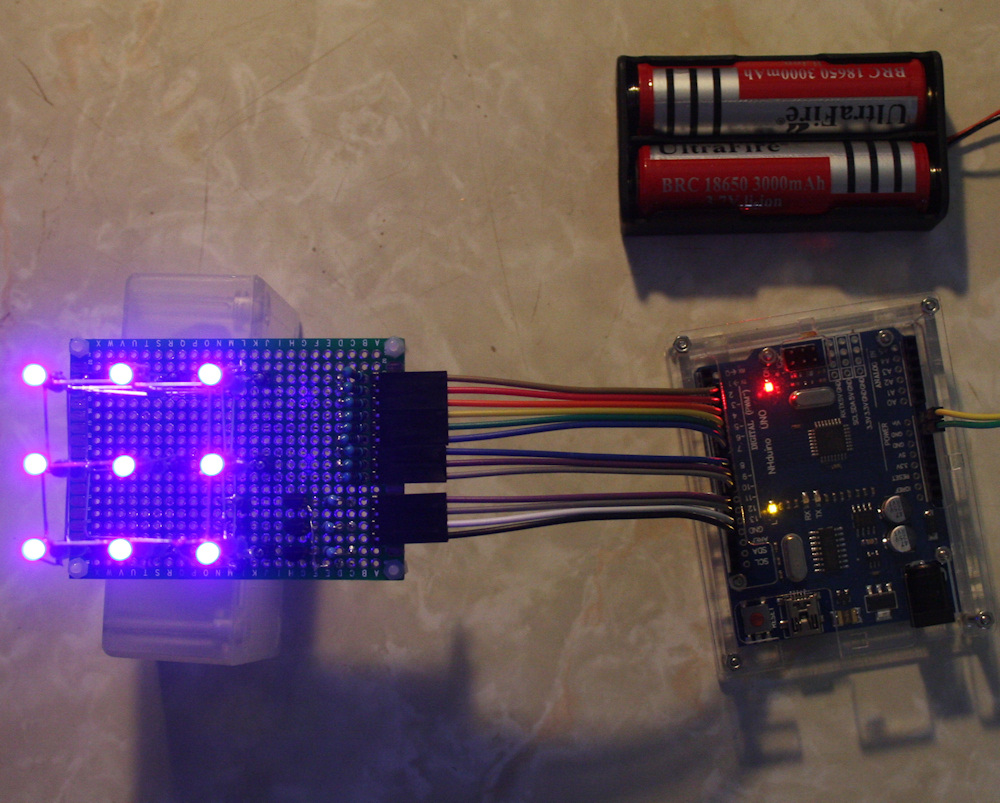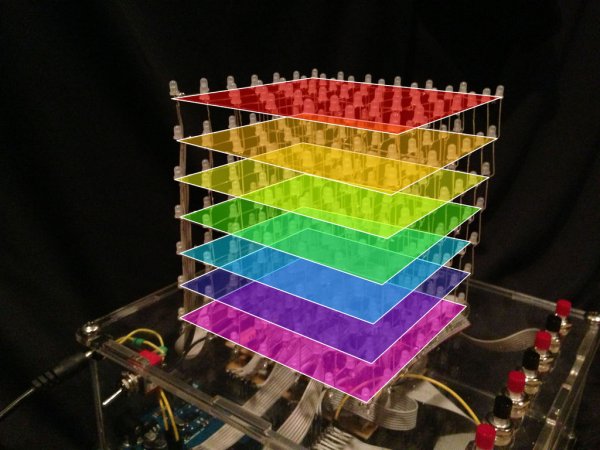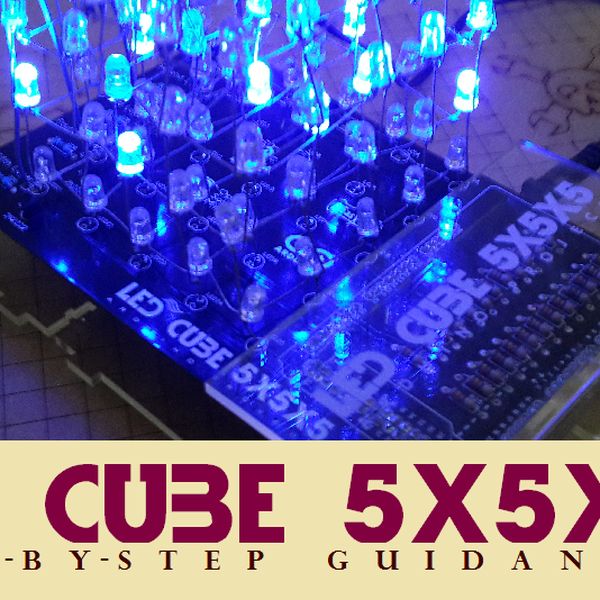

Cubes can range from 2x2x2 in dimension to larger ones of 32x32x32. Connection wire for under PCB wiring (about 1m) and sticky tapeįirst of all, you will need a moderately thick cardboard or wood (about an inch will do). These intriguing structures built by arranging light emitting diodes (LED) into a cube.Magnifying glass (to see your soldering).With this setup we will need only 16(anode) + 4.

By flashing each layer of cube very fast after one another it gives the feeling of 3d. If you flash a LED really fast it will remain in your retina for some time even after LED is switched off. LED cube rely on optical phenomenon called Persistence of Vision. Desoldering Pump (incase soldering is bad) Each LED is dedicate an IO port in a microcontroller.Soldering Iron + Soldering Wire + Wet Foam Connect the first one all the way on the top left to analog 2 on the arduino board.1 x Female Pin Socket/Header (should have 20 pin sockets inline).

Then you have to instruct the microcontroller to ground the relevant column pin of that LED, this will connect the negative pin of the LED to ground and you have a complete forward biased circuit that will light up the LED. The thought is that you implement a function like 'setPixel' in the code of the cube that takes in pixel coordinates and color in RGB as input to set that pixel to the passed color, Use something like 'update' after each frame to make the cube display the edited pixels.
#Arduino led cube 32x32x32 generator
layer 0, this will put a positive voltage on the LEDs positive pin. Under Settings>Source Code Generator you can choose how the generator shall create the code. For example, you want to turn on the LED at the bottom left of the cube, you will provide a positive signal from the microcontroller to its layer i.e. This also limits the current to safe levels as at any given time only one LED is on and even if we take the average current in 1 second, it is far below the danger threshold. For Single color and RGB (Common Anode) colored LED cube, from 1x1x1 to 32x32x32 CUBE sizes. Since the code on the Arduino runs very fast, our eyes think of multiple LEDs as on. The human eye (due to persistence of vision) cannot see quick flickering of an LED if it is switched on and off very fast.


 0 kommentar(er)
0 kommentar(er)
